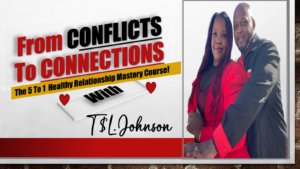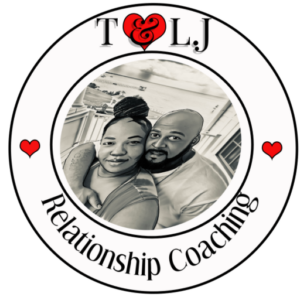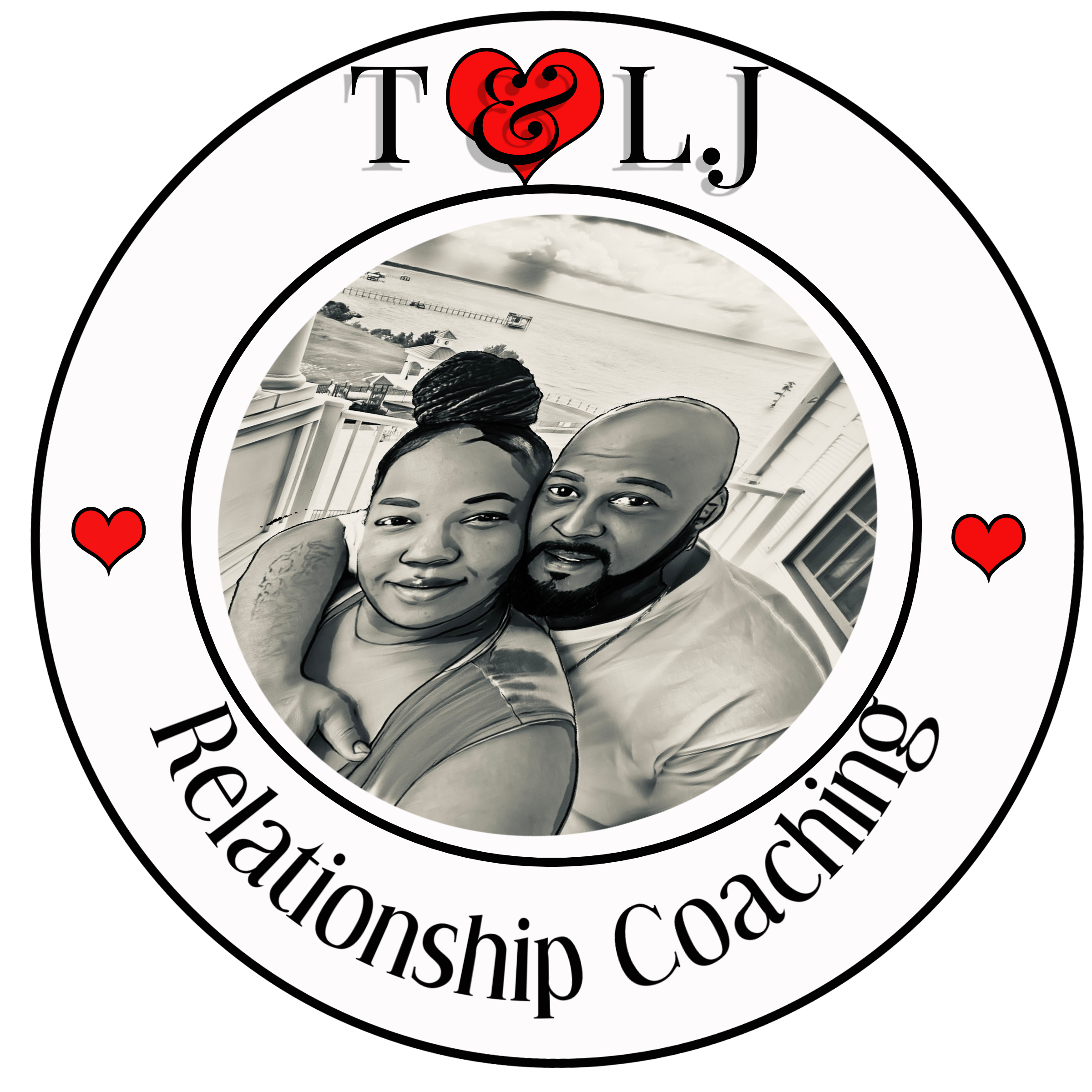Listening with Intent
Understanding the Importance of Listening
I can’t begin to tell you how vital listening is when it comes to having meaningful conversations. From my experience, it’s the foundation of any good talk. If you’re not truly listening, then you’re missing out on the golden nuggets of wisdom your conversation partner is sharing.
When I actively listen, I make a conscious effort to put aside my thoughts and truly focus on what the other person is saying. It’s about being fully present in the moment. Trust me; people can tell when you’re genuinely interested versus just waiting for your turn to speak.
And hey, it’s not just about the words they say. Body language and tone play huge roles, too! By picking up on these non-verbal cues, I find that I can connect on a deeper level which just enhances the whole conversation experience.
Practicing Empathy
Empathy is the heart of any meaningful exchange. I’ve learned that it’s not just about sharing your perspective but also trying to understand where the other person is coming from. By placing myself in their shoes, I can relate to their emotions and experiences, which makes the conversation richer.
There have been countless times when my partner in conversation has opened up about something personal, and by responding with empathy, I could build a safe space. That’s when real conversation magic happens! It transforms ordinary dialogue into something profound.
A little empathy goes a long way. It not only benefits the person you’re speaking with but enhances your own understanding of various perspectives. It’s like adding color to an otherwise monochrome encounter.
Asking Thoughtful Questions
Who doesn’t love it when the other person asks questions that dive deep? I’ve noticed that when I ask thoughtful questions, it encourages a richer discussion. These questions show that I’m engaged and interested in what they have to say.
Instead of the typical “How was your day?” I’ve learned to ask, “What was the highlight of your day, and why?” This simple shift changes the dynamic and often leads to surprising revelations, not just for them, but for me too!
So, get creative with your questions! A little curiosity goes hand-in-hand with meaningful conversations, and it challenges both parties to think deeper and share more personal insights. Trust me—a good question is worth its weight in gold!
Expressing Authenticity
Being Your True Self
One thing I’ve noticed is that being authentic in conversations creates an atmosphere of trust. When I’m open and honest, it encourages the other person to do the same. It’s like opening a door for them to walk through.
I often share my experiences, thoughts, and even vulnerabilities. This genuine exchange not only makes conversations memorable but also lays the groundwork for deeper connections. Honestly, we’re all in this together, and recognizing that shared humanity can be incredibly liberating.
If you’re concerned about being judged, just remember: the right audience will appreciate your authenticity. They are, after all, looking for real connections too!
Vulnerability as Strength
Embracing vulnerability can feel daunting. But I’ve found that when I allow myself to be open about my struggles or insecurities, it fosters an environment where others feel safe to do the same. It’s a beautiful give-and-take.
For example, I once discussed my fears about a new job with a friend, and instead of simply offering motivational clichés, they shared their own experiences. That realness method not only strengthened our bond but also made me feel less isolated in my worries.
So, go ahead—let down your guard! Sharing those seemingly scary aspects of ourselves can lead to some of the most enriching conversations you’ll ever have.
Creating Safe Spaces
Creating a safe space for discussion is critical. I’ve learned that it’s about setting a tone of respect and understanding, allowing for open dialogue without the fear of judgment. This is an essential part of forming lasting relationships.
To do this, I make it clear that I’m here to listen without interrupting or criticizing. Sometimes, just asking someone to share their thoughts or feelings can be the first step in creating that safe environment.
If you foster an atmosphere of support, you’ll often find that people respond positively. It’s incredible how a little kindness can transform a regular conversation into something deeply meaningful.
Fostering Mutual Respect
Value Differences of Opinion
Valuing differing opinions is a game-changer! When I engage in conversations, I’ve realized that it’s okay to disagree. In fact, those moments often bring the most insight. Recognizing and respecting opposing views creates a richer dialogue.
Rather than shutting someone down because I disagree with them, I try to approach the conversation with an open mind. I ask questions about their perspectives and seek to understand why they feel that way. It’s enlightening!
This way, I’m not just tolerating their opinion; I’m genuinely curious about it. It creates an atmosphere where diverse ideas can coexist, and that’s when creativity and understanding blossom.
Establishing Boundaries
Boundaries are essential, especially in deeper conversations. I’ve encountered discussions that ventured into sensitive territory. Establishing boundaries from the start ensures that everyone feels respected and comfortable.
I always make it clear what topics might be off-limits for me personally. This honesty encourages others to share their limits, promoting a balance in the conversation. It’s all about mutual understanding and respect.
An open dialogue about boundaries doesn’t stifle conversation; rather, it paves the way for honest and engaging exchanges without fear of overstepping any lines.
Practicing Gratitude
Showing gratitude during conversations can dramatically enhance the experience. I find that when I express appreciation for the other person’s insights, it fosters a warm atmosphere that encourages further sharing.

Simple things like saying “Thank you for sharing that” or acknowledging their feelings can make all the difference. Gratitude creates positivity and reinforces that our conversation is meaningful.
By practicing gratitude, we’re not just making each other feel appreciated; we’re building a bridge of understanding that enhances the interaction tenfold. It’s a small gesture with incredible power!
Giving Constructive Feedback
Understanding the Purpose of Feedback
When it comes to meaningful conversations, giving feedback is crucial but often tricky. I’ve learned that the goal of feedback should always be improvement or support. It’s not about criticizing but about helping.
When I offer feedback, I focus on being constructive rather than just pointing out flaws. By doing this, I try to make my points with kindness while still addressing areas of improvement. That’s how feedback becomes a part of a conversation rather than a divide.
This approach doesn’t just apply to others; it’s important for me, too. If I open myself to receiving feedback positively, it enhances my growth and deepens the conversation.
Utilizing “I” Statements
I find that feedback feels less confrontational when I use “I” statements. For example, instead of saying “You did this wrong,” I prefer “I felt confused when that happened.” This way, it’s about my feelings rather than an accusation.
Using “I” statements can diffuse tension and leads to a healthier discussion, allowing the other person to reflect without feeling attacked. It transforms the atmosphere from defensive to collaborative, which is always my goal.
Plus, this approach can help the person on the receiving end of the feedback to view it through a lens of understanding rather than hostility. It’s a win-win!
Encouraging Dialogue
The last piece of feedback magic lies in promoting ongoing dialogue. When I offer feedback, I always encourage further discussion. I like to say things like, “What do you think about that?” It invites them to share their thoughts and feelings about my observations.
This encouragement creates an environment where everyone is invited to voice their opinions, which enriches the entire conversation. I’ve seen how this exchange can lead to brilliant ideas and solutions.
In essence, encouraging dialogue is key to turning feedback into a collaborative process rather than a one-sided critique. That’s how I aim for my conversations to be constructive and fulfilling.
Creating Lasting Connections
Following Up
A little follow-up after a meaningful conversation goes a long way. I’ve made it a habit to check in with people about what we discussed, and you’d be surprised at how much it means to them!
Shooting a text or a quick email saying, “Hey, I really appreciated our talk last week. I was thinking about what you said…” shows that I truly value our conversation and the connection we’re building.
Not only does this strengthen our bond, but it also opens doors for further discussions. It’s a simple yet effective way to keep the conversation alive.
Investing Time in Relationships
Building lasting connections requires time and effort. I’ve learned that taking the time to engage with someone over coffee or a casual dinner makes a world of difference compared to quick conversations on the fly.
Investing time shows that I genuinely care about the relationship. Plus, it often leads to deeper discussions in a relaxed setting where we can really open up. That’s when those meaningful exchanges tend to happen!
The more time I invest, the richer the relationship becomes, and I find that these connections often become some of the most meaningful in my life.
Celebrating Milestones
Finally, I’ve found that celebrating milestones or special moments together helps to solidify those connections. Whether it’s a birthday, job promotion, or just a personal achievement, acknowledging these events shows that I care about their life.
It could be as simple as a heartfelt message or a small gift. When people feel recognized for their achievements, it strengthens the bond we’re forming.
Plus, let’s be real—who doesn’t love to feel special? Celebrating these moments enhances our conversations and connection, making our exchanges even more meaningful!
FAQ
What are the key components of meaningful conversations?
The key components include listening with intent, expressing authenticity, fostering mutual respect, giving constructive feedback, and creating lasting connections.
How can I become a better listener?
Practice active listening by being present, minimizing distractions, and reflecting on what the other person is saying. It’s about showing genuine interest!
Why is authenticity important in conversations?
Authenticity fosters trust and encourages openness. When you’re real, others feel safe to share their true selves, leading to deeper connections.
What should I do if I disagree with someone during a conversation?
Embrace the disagreement! Approach their perspective with curiosity, ask clarifying questions, and see it as an opportunity for a richer dialogue.
How can I maintain connections after a meaningful conversation?
Follow up! Check in on topics you discussed and invest time in nurturing the relationship. Celebrate milestones, and show that you value the connection.

Schedule Your First 20-Minute Coaching
Call With Us Today to see if we fit . You pick the price!
Click Here





